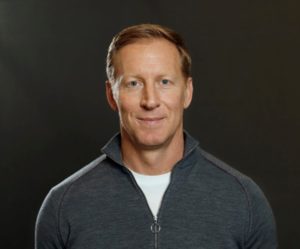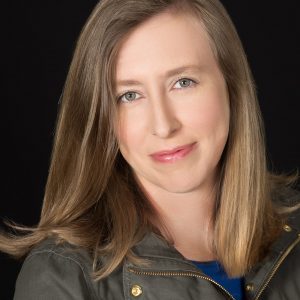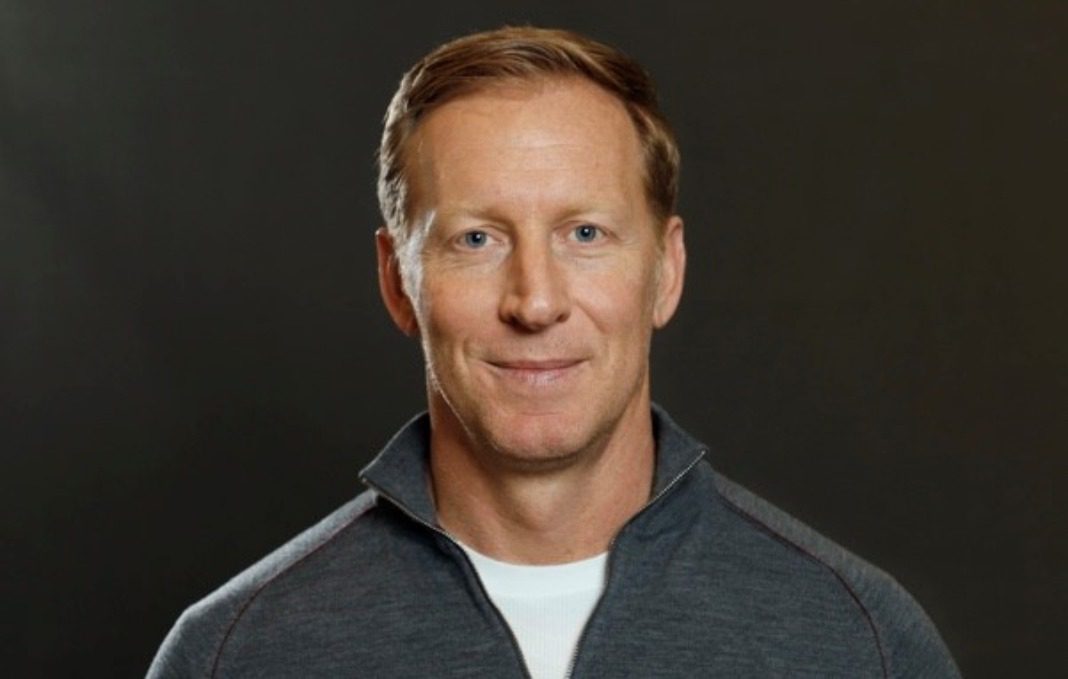
Shenandoah Growers began focusing on organic agriculture over 30 years ago, but it is only recently that the Rockingham, Va.-based firm made plans to substantially increase new crops. They are testing varieties for their indoor greenhouses and have hired executives with backgrounds in consumer brands including CEO Matt Ryan, Starbucks’ former chief marketing officer, with a goal of reaching new buyers.
Mike Buckley, CFO, whose prior experience includes stints at Postmates and Nike Direct, expects Shenandoah to benefit from growing consumer interest in organic food as well as retailers’ focus on avoiding spoilage. “In addition to that, we have cracked the unit economics,” Buckley says. The key metric for Shenandoah? Cost per pound.
Buckley talked with StrategicCFO360 about the economics of growing organic crops indoors, why the moment is right for these kinds of products and the pleasure of working with something you can taste.
It’s kind of a holy grail for companies to find a way to accelerate growth and make it sustainable long-term. Given your experience with Nike Direct and Postmates, how do you see that playing out at Shenandoah?
I’m really proud of having worked for two brands that I really loved. I have an almost mission-driven connection with Nike from sports and that background. And then Postmates had such an innovative service and it built a brand that was useful and that only got accelerated by Covid. In a similar way, Shenandoah is on the precipice of being able to create a really compelling brand and I think it’s driven by a number of factors.
One is climate issues are mounting and we’re obviously experiencing this across the country whether it’s increasing weather severity, ongoing water strain, long-term crop loss and challenges with soil. At the same time, there’s this consumer evolution that’s happening with people caring about the environment and wanting to have sustainable solutions, and caring about local and fresh and healthy. So I think there’s an increasing consumer aspect to this that controlled-environment agriculture helps address. And then there’s a retailer aspect around spoilage and shelf-time. Shenandoah is really addressing all of those.
In addition, we’ve cracked the unit economics from a growth perspective to where we can grow these things in our own facilities and achieve basically the same price and stay organic. It’s a really big opportunity to make a quantum change in the margin structure and profitability while addressing these environmental, retailer and consumer needs.
What is the key to keeping costs down?
There are three pieces to our approach. One is quality and we want to really drive great quality. And inside of that, I think about everything that our brand will stand for and freshness and organic. And then there’s a unit economics piece. And this part is a little bit more financial quantitative, how we’re leveraging our technology—one of which is soil and the nitrogen and organic nitrogen creation we can do in-house that enables us to reuse soil. And the production costs and how that compares to both our competition, as well as field-grown in a compelling unit economics level. And then as we continue to refine that, we’re able to do it more and more at scale. The third leg of that stool is scale and that’s where, as we build these facilities that have multilayers and have larger footprints, we can also leverage scale economics in addition to the unit economics. And that’s what kind of really catapults us forward in terms of being able to do this nationwide.
What does that look like in the year ahead? Are you looking at new locations and how do you evaluate how to expand?
We’re a 32-year-old company that’s been doing this for a long time, and we pride ourselves on what we call “grow-how.” So that’s the 32-year history. The 13-year history is how long we’ve been growing indoors and developing our expertise there and refining fundamentally these unit economics. We need a little bit of a reverse approach to some of the newer entrants into this space in that we wanted to master the unit economics before implementing the scale economics. And we feel like we’ve done that. Now our opportunity is to really go drive the scale.
Today we have seven existing controlled-production facilities, but they’re smaller and they are distributed across the nation. We’re going to build much larger ones, which introduces scale economics. The goal is to build those around the country, so we also have lower transportation costs. We could address this consumer desire to have something grown more locally, and that’s a big component to growth. Today we’re primarily herbs. We do some lettuces and leafy greens. But the goal is also to more aggressively expand into leafy greens and other adjacent products as well. We’re uniquely this sort of category captain in the herbs category from a distribution perspective—we serve 16 of the top 20 retailers. That includes the Kroger’s and the Safeways, the Walmarts of the world with herbs. We sell to 20,000 retail stores.
What is the benefit of growing indoors?
While most of our indoor competitors utilize hydroponic or aeroponic growing systems, Shenandoah Growers is growing in real soil. Growing in soil reduces both our production costs, including those associated with the use of LED lighting, which has been a key challenge for many indoor agriculture producers, and planetary impact. The use of soil is also a key element that underpins our proprietary process to produce organic nitrogen naturally, in house, which eliminates the need for costly and environmentally intensive synthetic fertilizers.
For me in my role, it’s exciting to join a company that has achieved some of the lowest unit costs per pound of production in the industry. We’re able to pass those cost savings on to consumers. That will continue to improve as we grow our indoor production capacity. We can already deliver fresh herbs and leafy greens at a price competitive with non-organic indoor grown products and are approaching parity with conventional outdoor grown products.
What’s involved in introducing new crops?
We invest a fair amount in research development. We recently hired a super-skilled woman named Tessa Pocock who has a huge amount of experience in lighting and a long history of growing. She’s leading our R and D program where we’re testing lots of different crops and really trying to optimize yields as well as develop confidence in those unit economics. As we develop that confidence and improve high yields on those products, we will start to scale those inside of our growth facilities as well.
From your quantitative economics background is there a particular metric that you really think helps you take the pulse of the company?
The best metric that I currently look at is cost per pound. And this is why if I look at costs, that includes material costs, packaging costs, grow labor, pack labor, fixed costs associated with a facility. Then all of that goes per pound produced. That’ll vary by products, that sort of is what I can then go sell. And so if I look at all my costs, and I look at what my output of the product is, that’s a core economic measure that pulls in a lot of different aspects of the business.
Looking at your indoor strategy, that really removes one of the big risks in agriculture—weather and insects. What risks remain?
That environmental ‘oh, no, it didn’t rain’ or ‘we got a heat wave and everything died.’ You’re right—you remove a bunch of these variables and there are what other verticals can you go into? As we scale these, we’re very focused on making sure that we can, at the scale we’re talking about, continue to deliver on the same metrics and more. So the scale economics, we want to drive costs down even further. And there’s the matter of bringing a lot of operational acumen and copying it exactly across these different locations. That’s a key element as we grow.
So will you be emphasizing precision going forward?
Exactly. These are live things you’re growing, which is amazing, but you want to remove as many of the externalities and variables that were integral in doing it outside. But this is a little more almost like manufacturing excellence or production excellence. Other key aspects, or variables are labor and costs in transportation that we still have to manage that are not really all within our control.
Regarding R and D, what does testing and sampling look like?
We had some potential partners over and we were showing them our facility and tasting the product as we were walking through. And it’s so neat to be able to walk next to this huge production and pull the leaf off and taste the fresh basil. So I think that’s kind of a unique piece of it. That’s the product, and you can have a taste bud inform your insight.








